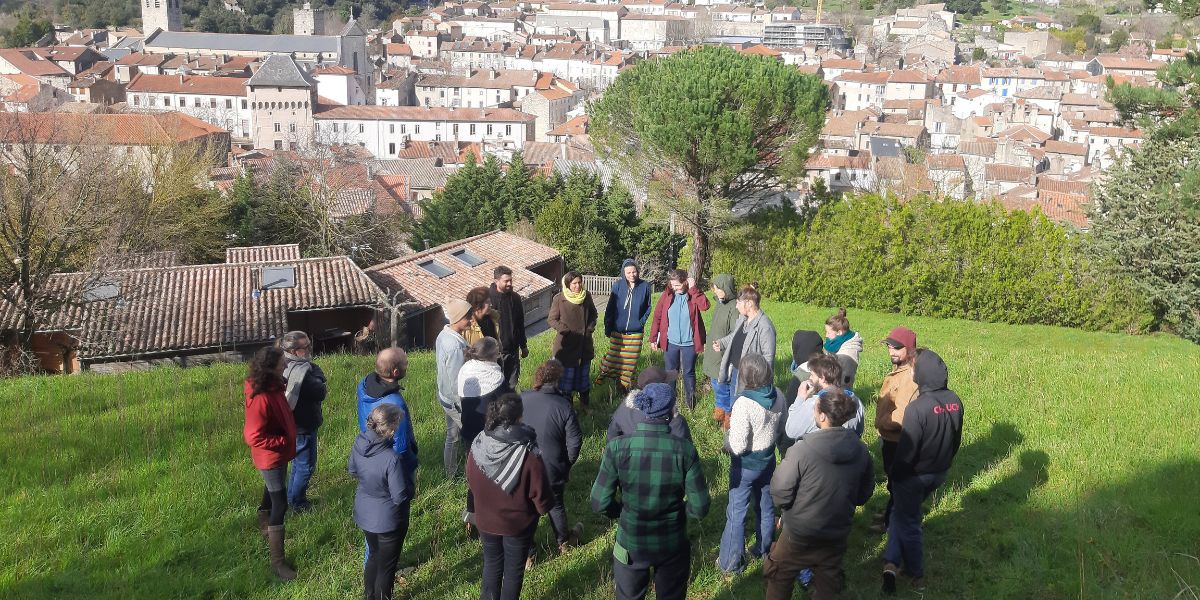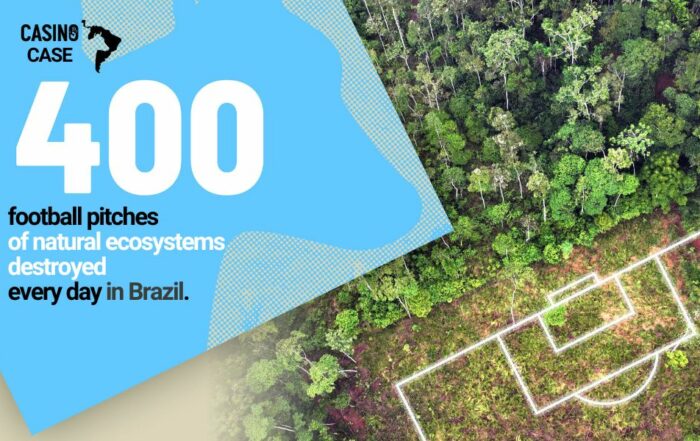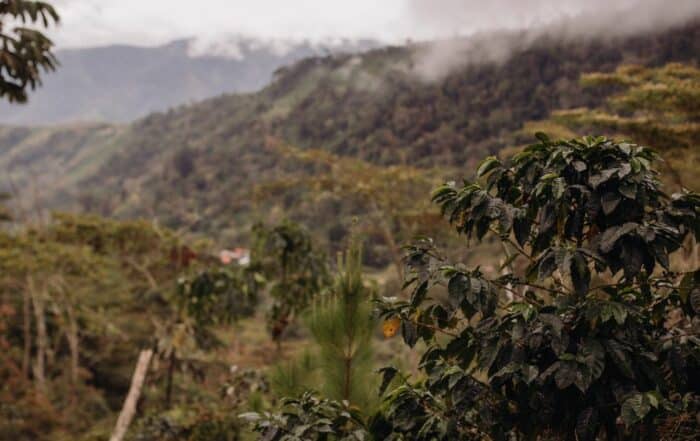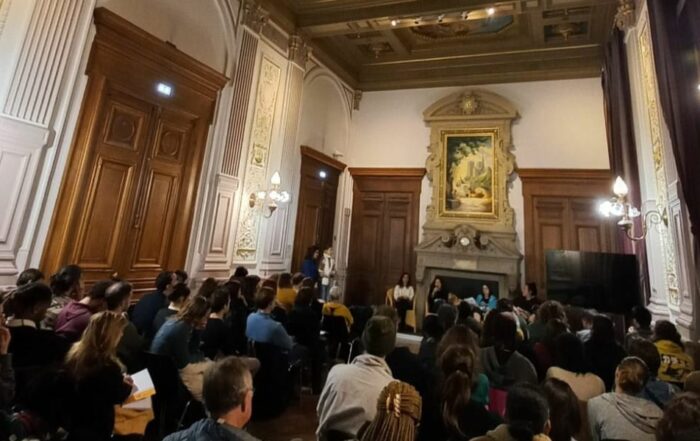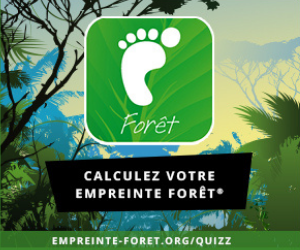It’s just after 6pm when the 22 participants in the Class of 2024 say their goodbyes at the Maison des loisirs in Saint-Pons-de-Thomières. Together, they have just completed the 5 days of training in agroforestry design, designed to provide participants with the main keys to drawing up the plan for their future agroforestry system.
This year, the very wide range of farmer profiles taking part raised the level of challenge for the training design. How could we focus on the specific technical knowledge required for each sector (cattle rearing, sheep rearing, PPAM, arboriculture, bee-keeping or market gardening), while at the same time ensuring that the content was useful to everyone? How much time should be allocated to external speakers? For Envol Vert guides and participants from previous years who have come to talk about their experience of agroforestry? How can we allow time for socialising while providing as much information as possible in a training session that cannot be extended? There are so many parameters to take into account in this three-rail billiard of training.
This year, a decision was made to increase the time spent working on each type of agroforestry. André Trivès, an agroforestry market gardener, shared his experience of setting up in the Pyrénées Orientales. Marlène Vissac also came to present her management model for her sheep flock using Sylvopastoralism, which makes good use of the fodder resources provided by the surrounding trees, in particular the ash trees. This choice aroused both interest and frustration, as the time devoted to each type of agroforestry system was often too short to allow for the complex issues between the tree and each production unit.
The assessment of the project by the participants is largely positive. They all emphasised the obvious pleasure of being able to meet and exchange ideas between producers from the Haut Languedoc Regional Nature Park. The richness of the exchanges is enhanced by the very different soil and climate conditions within the Park, between ‘those who have too much water’ and ‘those who are always waiting for it’, between mountain climates where snow is frequent, and other milder climates where the increasingly short winter leaves little time for the trees to rest. These differences give rise to exchange and inspiration. In terms of the content of the training offered, the participants in the project encouraged Envol Vert to raise the technical level of the subjects covered even further, while retaining the collective dimension of the training.
See you in winter 2025 to discover the next face of the Project Design training days!
It’s just after 6pm when the 22 participants in the Class of 2024 say their goodbyes at the Maison des loisirs in Saint-Pons-de-Thomières. Together, they have just completed the 5 days of training in agroforestry design, designed to provide participants with the main keys to drawing up the plan for their future agroforestry system.
This year, the very wide range of farmer profiles taking part raised the level of challenge for the training design. How could we focus on the specific technical knowledge required for each sector (cattle rearing, sheep rearing, PPAM, arboriculture, bee-keeping or market gardening), while at the same time ensuring that the content was useful to everyone? How much time should be allocated to external speakers? For Envol Vert guides and participants from previous years who have come to talk about their experience of agroforestry? How can we allow time for socialising while providing as much information as possible in a training session that cannot be extended? There are so many parameters to take into account in this three-rail billiard of training.
This year, a decision was made to increase the time spent working on each type of agroforestry. André Trivès, an agroforestry market gardener, shared his experience of setting up in the Pyrénées Orientales. Marlène Vissac also came to present her management model for her sheep flock using Sylvopastoralism, which makes good use of the fodder resources provided by the surrounding trees, in particular the ash trees. This choice aroused both interest and frustration, as the time devoted to each type of agroforestry system was often too short to allow for the complex issues between the tree and each production unit.
The assessment of the project by the participants is largely positive. They all emphasised the obvious pleasure of being able to meet and exchange ideas between producers from the Haut Languedoc Regional Nature Park. The richness of the exchanges is enhanced by the very different soil and climate conditions within the Park, between ‘those who have too much water’ and ‘those who are always waiting for it’, between mountain climates where snow is frequent, and other milder climates where the increasingly short winter leaves little time for the trees to rest. These differences give rise to exchange and inspiration. In terms of the content of the training offered, the participants in the project encouraged Envol Vert to raise the technical level of the subjects covered even further, while retaining the collective dimension of the training.
See you in winter 2025 to discover the next face of the Project Design training days!

